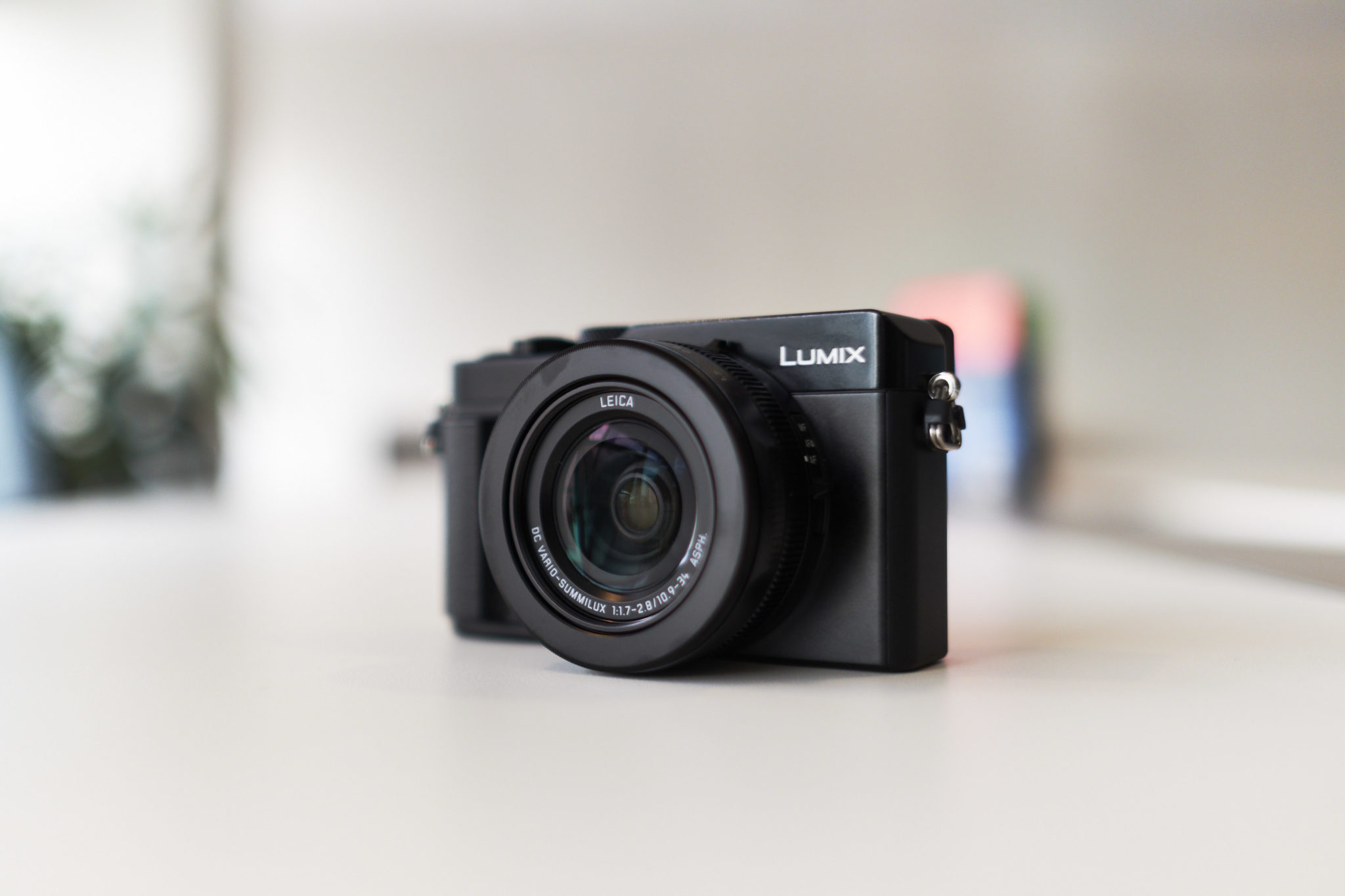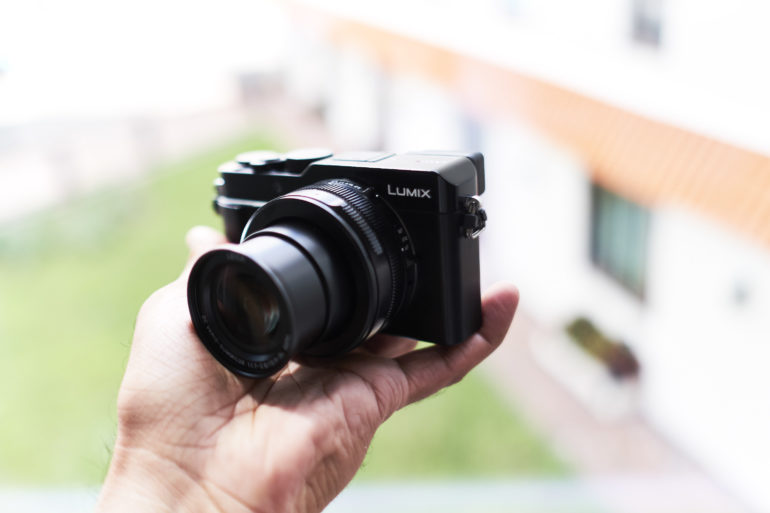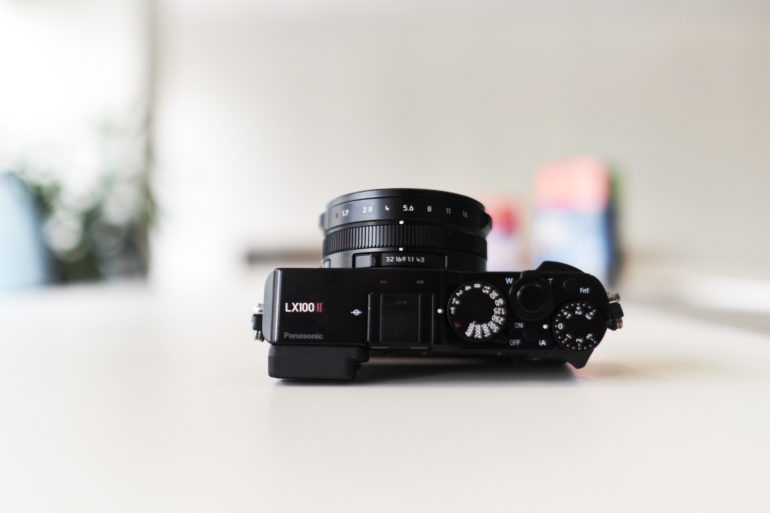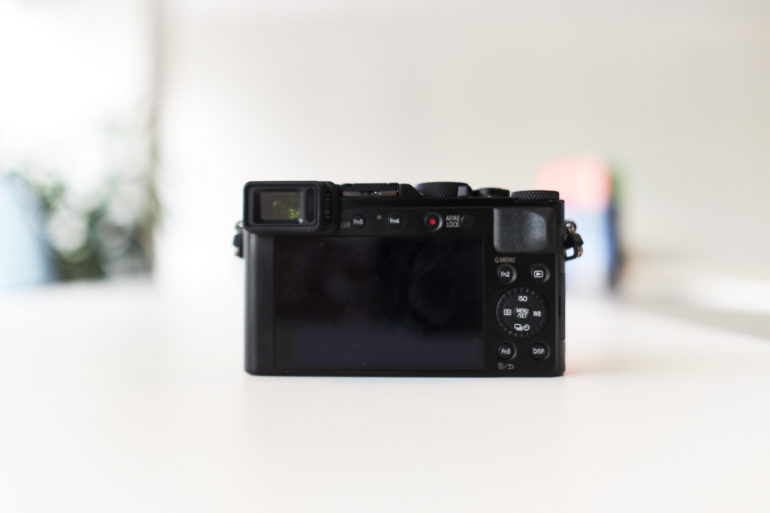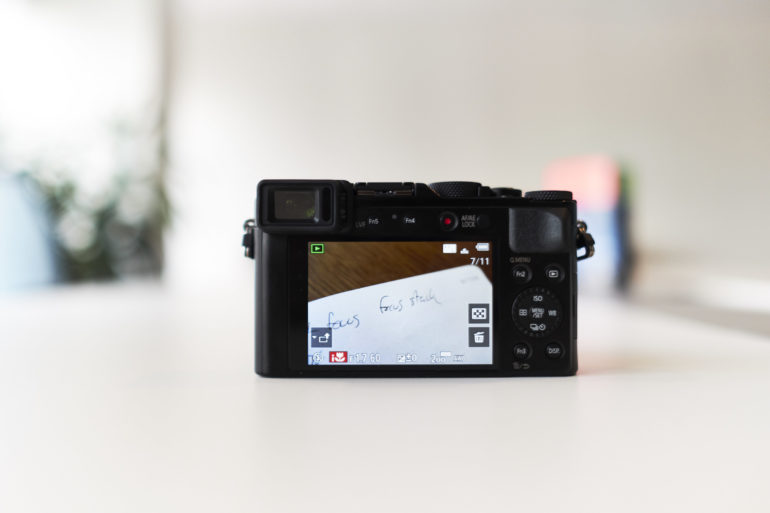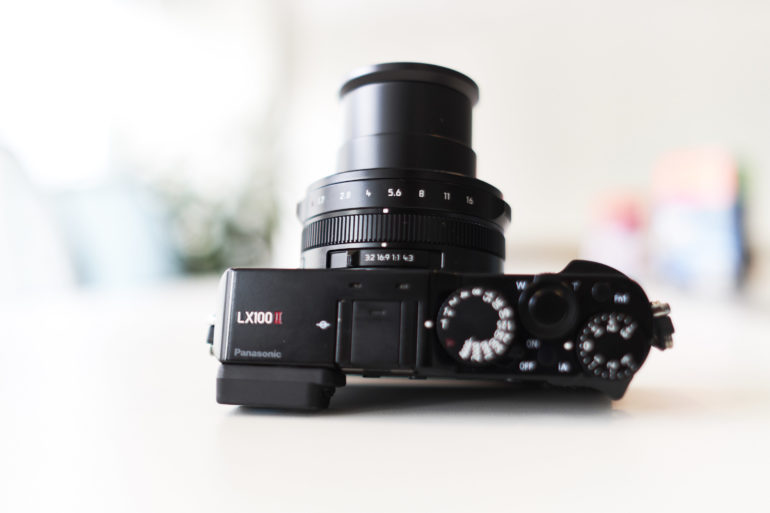The Panasonic LX1 II keeps the body mostly the same, but takes the GX9’s internals and crams them in.
I’m not going to lie, I was wondering if the Panasonic LX1 was ever going to be replaced, and today Panasonic is announcing their new Panasonic LX1 II. The camera keeps pretty much everything that was great about the Panasonic LX1 but replaces the internals. Basically, take the Panasonic GX9 and smush it into this body. Yes, the lens is still a zoom–and though I’d much prefer it to be a fast prime I can totally understand why Panasonic would create a lens like this. But if you combine it with the Monochrome effects, it’s bound to be a camera that’s almost perfect for street photography. At least, in concept and theory it all makes sense to us.
Tech Specs
Taken from our notes during the meeting
- ISO from 200 to 25,600
- Pre-bundled flash
- 17MP sensor but it is a 21.7MP sensor
- 24-75mm f1.7-2.8, same lens as previous version
- Multiple aspect ratio 3:2, 16:9 1:1 and 4:3
- AFS will give you 11 fps burst
- Aperture ring
- Shutter speed dial
- Exposure Compensation dial
- 0.7x 2.784k dot LVF
- 1.240k touch monitor
- L Monochrome
- L Monochrome D
- Filter Effect
- 4K photo
- 30fps burst mode
- Venus Engine (same as the GX9)
- Grain effect
- DFD AF
- Post Focus
- Bluetooth
- Wifi
- 3cm macro shooting abilities
- 4K video 24p, 25p and 30p video
- Same sensor as the GX9
- 30 minute max shutter speed
- 9 aperture blades on the lens
- No low pass filter
- No weather sealing
- New grip style
- Touch the screen to focus
- $999 October availability
Ergonomics
If you look at the Panasonic LX1 Mk II, you’ll see a camera that looks very much like lots of newer rangefinder style body options that have been on the market. It, for the most part, has a pretty simple interface.
Said interface is best understood when looking at the Panasonic LX1 Mk II from the top. Here you’ll find the aspect ratio switch, the aperture ring, the shutter speed dial, exposure compensation, hot shoe, etc. This is what you’ll use to control the camera for the most part.
Come to the back of the Panasonic LX1 II and what you’ll spot here are a number of other controls including the touch screen and a number of other options like ISO control, drive control, etc.
Build Quality
What initially annoys me about the Panasonic LX1 II is that the company chose to not give it weather sealing. Why? Not totally sure. I’m of the belief that every camera made today should have weather sealing as a standard feature and that if it doesn’t, it’s not worth buying. Photographers tend to not only bring their cameras to work, but they sometimes come with us as we’re out relaxing and hanging out. Naturally, folks around us have a drink or two and sometimes spills happen. Or for those of us who don’t bend to ethanol, we like to go shooting in the rain. Weather sealing should have been included with this camera.
Otherwise, you can think of it as a small Leica in some ways. This is a comment on the ergonomics, the form factor, etc. If you like rangefinder style bodies then you’re going to like the Panasonic LX1 Mk II.
Ease of Use
The Panasonic LX1 Mk II has the company’s pretty simple menu interface that also works with the touchscreen. When it comes to working with the exposures and such, there is an aperture ring around the lens along with a dedicated shutter dial, etc. Think of is as the Fujifilm X100F with a smaller sensor and a zoom lens. You shouldn’t have any sort of troubles with setting your parameters.
Autofocus
In our short time with the camera (probably a few minutes) we found the autofocus to be fast and pretty reliable. But that was in an office. We’ll need to test it on the streets to get a final say in.
Image Quality
We weren’t allowed to put a card in the camera as what we held was a pre-production unit even with some firmware issues. But we’ll have a gallery up when we get our review unit.
Conclusions
On a very serious and honest note, the Panasonic LX1 II is a camera that I’ve been looking forward to for a long time. It makes no sense to me why Olympus hasn’t created a camera like this and I’ve always really enjoyed compact point and shoots with large sensors and lots of capabilities. We’re eagerly expecting a review unit in.


